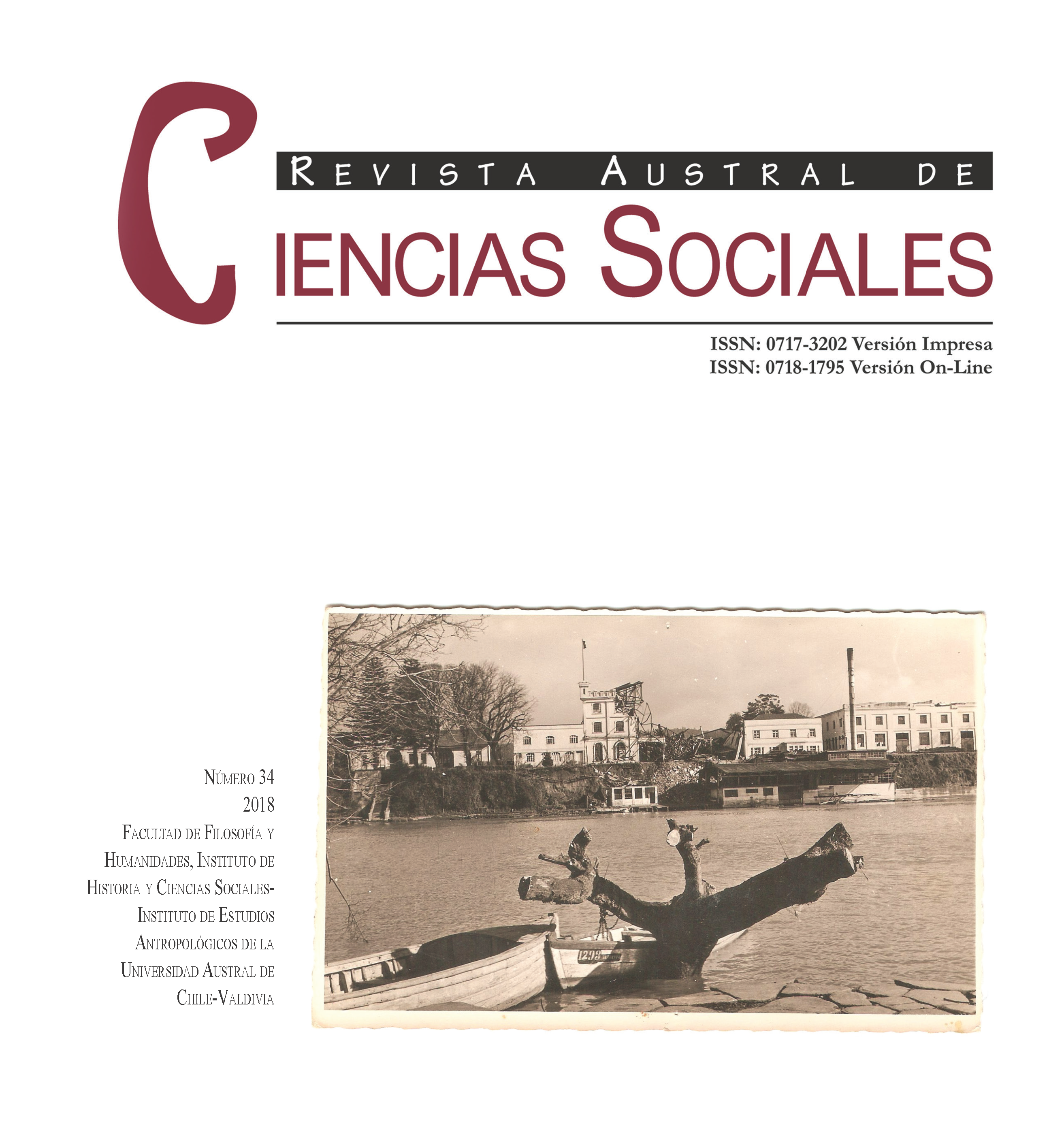Power coordinates in Santiago, Chile, in the first half of the 19th Century
Main Article Content
Abstract
In this research, the relationship between the checkerboard outline and power events in the city of Santiago in the first half of the 19th Century are studied. At that time, people were controlled through surveillance, subordination, and punishment because of ideological and political reasons. Hypothetically speaking, the city design known as “checkerboard” allowed the existence of police stations, being an abstract plan with many power relationships. Police stations materialized a number of urban strategies (tax collection, urban sanitation, control over institutions and social organizations), but their main objective was to support police strategies linked to maintaining population under control.
Article Details
How to Cite
Neira-Navarro, M. (2018). Power coordinates in Santiago, Chile, in the first half of the 19th Century. Revista Austral De Ciencias Sociales, (34), 193–216. https://doi.org/10.4206/rev.austral.cienc.soc.2018.n34-12
Issue
Section
MISCELÁNEAS

